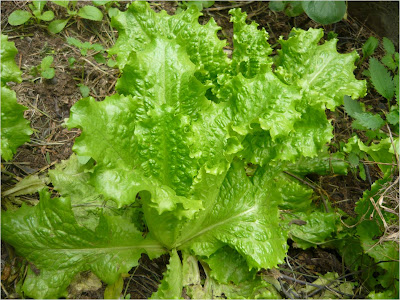The infestation of spider mites is perhaps one of the most
difficult pests to control. There are many homemade tricks to eliminate spider
mites but if we are not consistent in the application of these, most likely
will not have the desired success.
To combat the red spider is necessary preventive treatments
and some more specific. Once we removed the red spider should continue as a
preventative treatment may reappear.
If we talk about natural methods, the potassium soap is one
of these. You can get at any drugstore or market with different levels of
concentration. This product works by drying up the body of the spider mites and
preventing reproduction.
But it is clear that the spider mite is a pest very
difficult to combat. The homemade tricks sometimes have no effect because it
requires perseverance, time and patience that sometimes we do not. In these
cases, the best is a chemical pesticide to end them quickly and effectively.
What are some of the chemical pesticides to combat the red spider?
The chemical acaricides any brand are effective. Those
containing chemicals like abamectin, Clofentazina, Propargite have proven very
useful. Chemical is better than in powder because spiders are placed and played
in places inaccessible to liquids.
Something that can strengthen the procedure is to use these
chemicals with others of a more naturally as the slurry Ortigas, garlic with
water or alcohol and more manual and remove affected leaves and spider mites.
After elimination of this scourge must start with a
preventative treatment to keep coming back. For example, something that does
not like red spider is moisture so spray the plant with water especially in the
leaves that is where spider mites, this will not play.
Weeding is another effective method to eliminate spider
mites. This should be done periodically, if necessary, every day to prevent the
formation of colonies on these weeds.
Finally, prepare eats insects mites is another means used by
many nurseries and greenhouses. One of these insects is the six-legged Tryps.
These spider mites eat thus achieving the elimination of this.
In the war against pests anything goes. So here we gave you
some ideas to go testing the best way to combat the red spider.












































